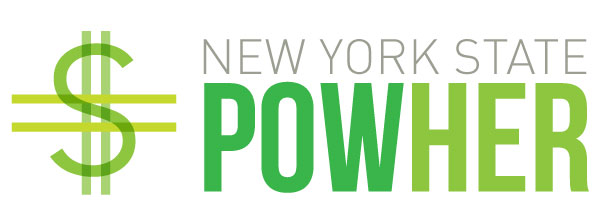Resistance! 
There is resistance in weight training, resistance in electricity, resistance in magnetic fields (thinking of Leonard Nimoy today!), and resistance when it comes to diversity and inclusion. D&I practitioners have been trying to figure out how to overcome this resistance for decades and now, in 2015, resistance to inclusion seems to be stronger than ever. So, how do we deal with people, especially those in leadership and management positions, who resist including others who are different from themselves in whatever it is that they are leading or managing?
Accepting Resistance
The first thing that we need to do is accept the fact that there is resistance to diversity and inclusion. This has nothing to do with how you might feel about that resistance. Neither does it have anything to do with you. Those who resist diversity and inclusion may do so for a single reason or a complex variety of reasons. Perhaps they are afraid of change. Perhaps they are afraid of difference. There are many causes for such fears, but acknowledging the existence of fear in people is the first step toward ameliorating it. I do not recommend that diversity practitioners begin calling in psychoanalysts for every manager and leader in their organization who resists diversity and inclusion. I do suggest that we need to understand the history of racism, sexism, Islamophobia, homophobia, and other fears and hatreds of groups of people if we hope to create inclusion in the workplace or anywhere else.
What’s In A Word?
If people cringe every time we use the word diversity or the word inclusion, might we find other words that help us to diminish resistance and achieve our goals of creating sustainable inclusion? What words are acceptable or even embraced by leaders and managers? Development, succession planning, return on investment (ROI), value-added, are all words and phrases used in the business world. Use this vocabulary to create successful and sustainable D&I initiatives. Diversity will be woven into the fabric of the initiative when you intentionally include your hidden high potentials and others who have not traditionally been invited to the table. ERGs (Employee Resource Groups) should sponsor community activities that expand your market share and fulfill your corporate responsibility, hence establishing an ROI for executives who want to see more than a woman’s history month luncheon result from their investment in the women’s ERG.
Creating Curiosity
Launching a pilot initiative that uses an intriguing vocabulary will create curiosity in ambitious people. Whether it is a mentoring pilot with a small group of mentors and protégés as part of your overall succession planning / employee development plan or a leadership think tank where brilliant ideas are exchanged in a safe environment, those who were not invited to participate will be curious about the endeavor. Promote the initiative. Let all of your employees know what you are ‘piloting’. Keep them apprised of the progress of your pilot program. Then, if you decide to make mentoring a part of your organizational culture, you will have created sufficient curiosity to have more applicants than spots for protégés. That is a great formula for success!
What’s Their Mission?
Do you know your organization’s mission? I have shared mine with you before: To make manifest the value of all people. If you do not know your organization’s mission – really know it – then stop reading my blog and go and read your mission statement! Print it out and tape it on the wall. Study it and understand that every word of a mission statement should be there for a reason. Does your diversity and inclusion mission (you do have one, don’t you?) support the organizational mission? If not, tear it up and go back to the drawing board! Each time I help an organization to define and develop its D&I mission it reminds me that the lack of a viable, articulated mission is the primary reason that D&I initiatives fail. Trying to plug-in a diversity event, a single training session, or a new ERG will not create a successful D&I program.
If you help your leaders and managers to achieve their missions over a sustained period of time, they will be able to move from resisting to embracing inclusion. In other words, you can flip your organization’s magnetic field so that it can live long and prosper!
If you are not diminishing resistance to diversity and inclusion in your organization isn’t today a great day to begin?
Onward!
~ Wendy
Inclusion Strategy Solutions LLC, All rights reserved, 2015.










